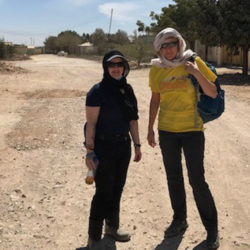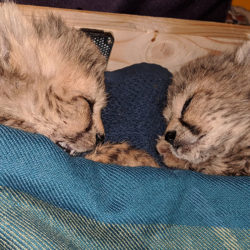A Biologist and Photographer’s Dream
-
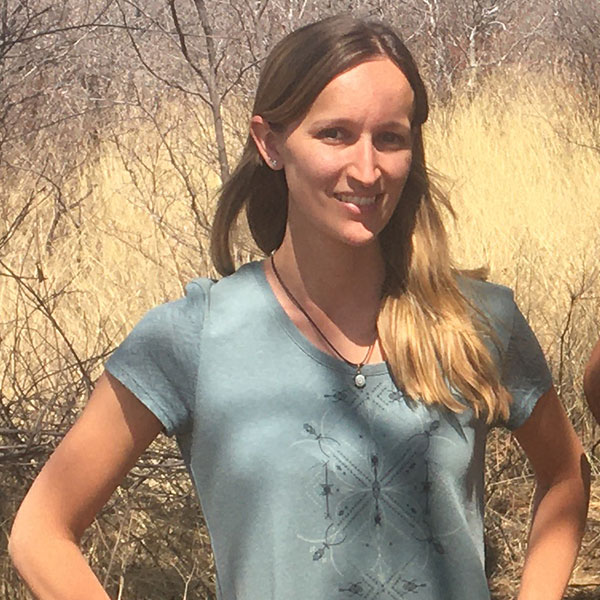
- by Maria Laura Ruozzi September 27, 2022

My name is Maria Laura Ruozzi, an Italian biologist currently studying for my Master’s degree in Biodiversity and Conservation at the University of Antwerp (Belgium). It was here that, months ago, I first heard about the Cheetah Conservation Fund: there was the possibility to do a thesis project about the disturbance effects of a wildfire on herbivores and carnivores. To be honest, spending a month in Namibia and working for an internationally renowned organisation sounded too good to be true, but despite having little faith I sent my cover letter and a few weeks later I was accepted. So, in August 2022, after a troubled travel that comprised an almost-missed connection flight, a very loud crying baby, and a lost suitcase, I safely arrived at the Cheetah Conservation Fund in Otjiwarongo.
What can I tell you about CCF? There are a lot of departments, so if you’re thinking about doing an internship here, there surely is something that will fit your interests. There are people working in the tourism and hospitality sector; others take care of the awesome livestock guardian dogs; others analyse samples in the genetic department; then there obviously is the cheetah team, that feed the cheetah and checks on them daily. I was assigned to the ecology team instead, to be able to work on my project, but on occasion I also worked for the dog team and the cheetah team, since I was interested in learning more about them. And of course, there are the cheetahs, magnificent creatures that we interns have the honour to admire every day. Have you ever heard a cheetah purr? Ever seen them playing and grooming each other? Here you will have the chance to discover just how much similar to domestic cats they actually are.
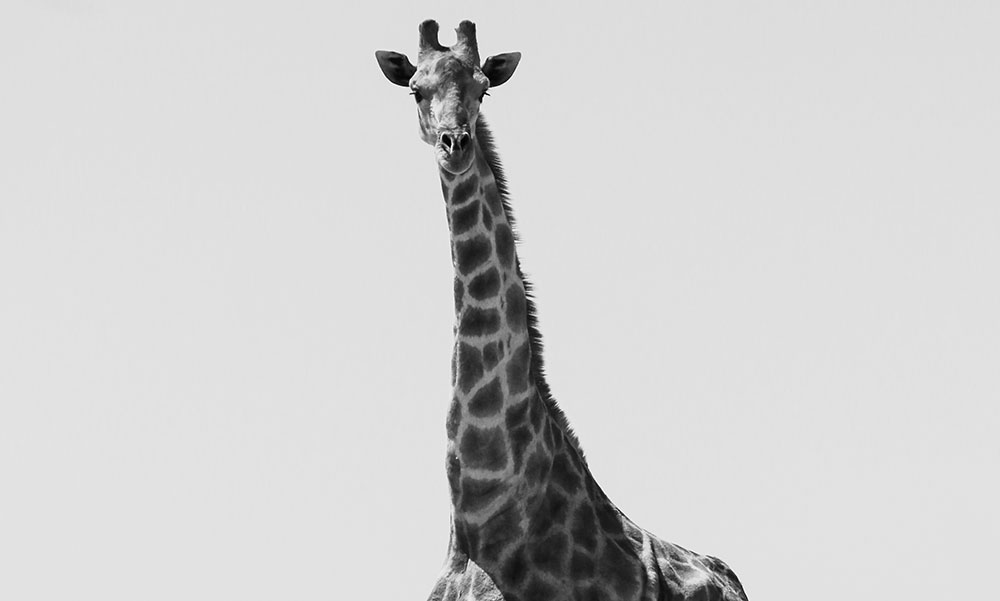
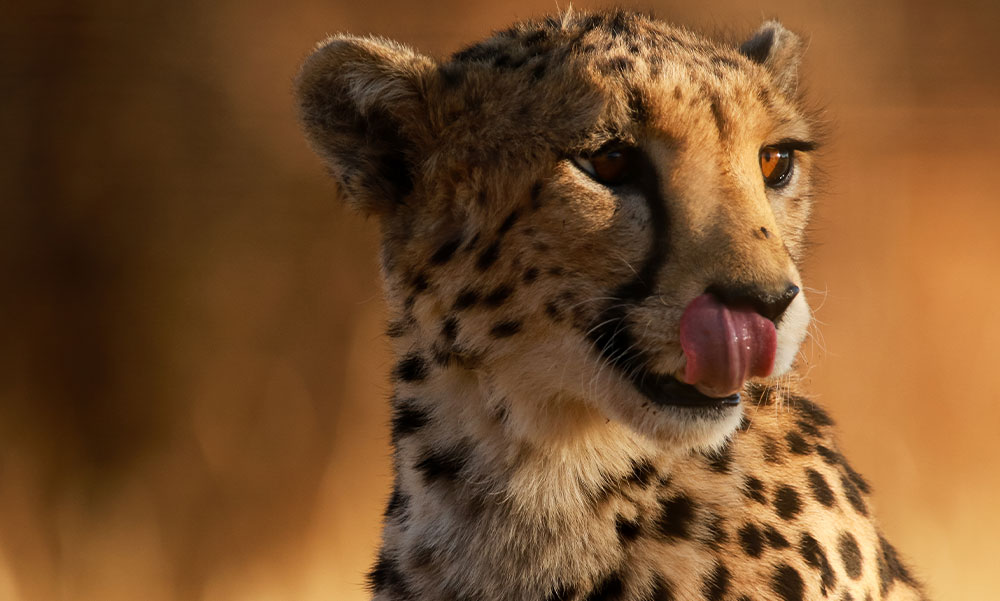
Although the felines are surely the main characters at CCF, I would like to tell you something about the other species you can encounter here. As a biologist, birder, and amateur photographer, I found this place to be like heaven. I had countless opportunities to discover new species, and after a few days I started to take my camera everywhere, even at lunch, not to miss a single shooting opportunity. What wild animals will you be able to see? Baboons, giraffes, many species of antelope and ground squirrels are just a few examples. But listing them here doesn’t really convey the feeling of seeing a troop of baboons just 50 meters from the dorms. And how to describe what it feels like to see a family of giraffes for the first time? Regarding the birds, it would be impossible to list all the species I have seen (partly because I still have to identify half of them, mea culpa), but my favourites must be the hornbills, the lilac-breasted roller, and the crimson-breasted shrike.
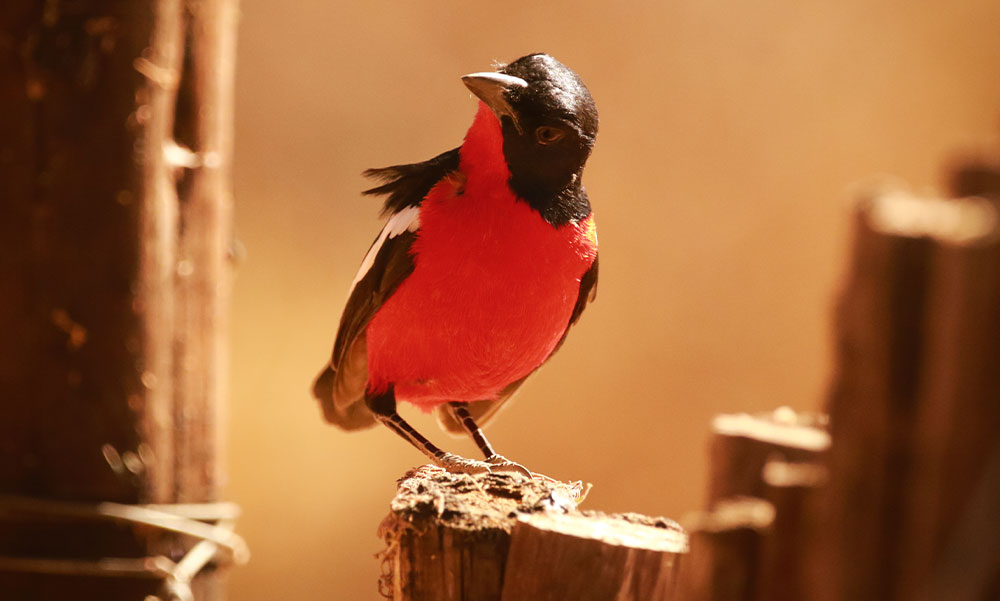

Even though my stay at CCF has been great, my favourite part of this experience in Namibia has been the field trip, where I accompanied two CCF ecologists. Part of my project entailed the deployment of camera traps in a study area located near Gobabis, close to the border with Botswana. Therefore, we drove for about four hours, set camp in the middle of a farm, and from there we went every day to position camera traps in the farmlands of the area. It took me a couple of days to get into the routine of the job, but in the end, it has been a truly amazing experience. I particularly enjoyed the opportunity to see a side of Namibia that no tourist is ever able to see. It hasn’t been all fun and games, though. The hardest aspect of the trip has probably been having to restrain myself from asking to stop the car every time I saw an animal I wanted to photograph, that is, more or less every kilometre. To conclude, if you’re thinking about interning or volunteering at CCF, do yourself a favour and send that application now. And if you’re interested in seeing more of the photos I took during my month there, check out my Instagram profile @meles.mary https://www.instagram.com/meles.mary/.
Related Reading
-
February 2, 2022
Life in Somaliland for a CCF Volunteer -
January 10, 2020
BeProvided Conservation Radio Interview with Dr. Laurie Marker -
June 20, 2019
Cubs Caught Up in the Illegal Pet Trade

